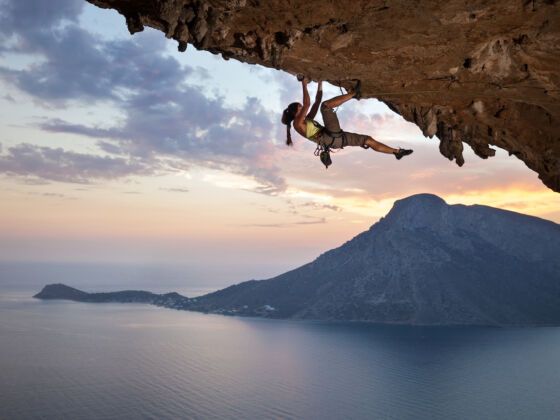LONG BEFORE MY first attempt at scaling the side of a mountain, I scaled the side of my parents’ two-story house.
Using my bedspread as a make-shift rope, I kicked out my bedroom window and prepared to swing Tarzan-style down to the ground 50 feet below. I was seven.
Luckily, my father caught me dangling from the window-ledge just in time to spare a trip to the ER. But not in time to spare me from a life-long addiction to thrills and daring adventures. That, apparently, had been hard-wired into my brain since birth.
